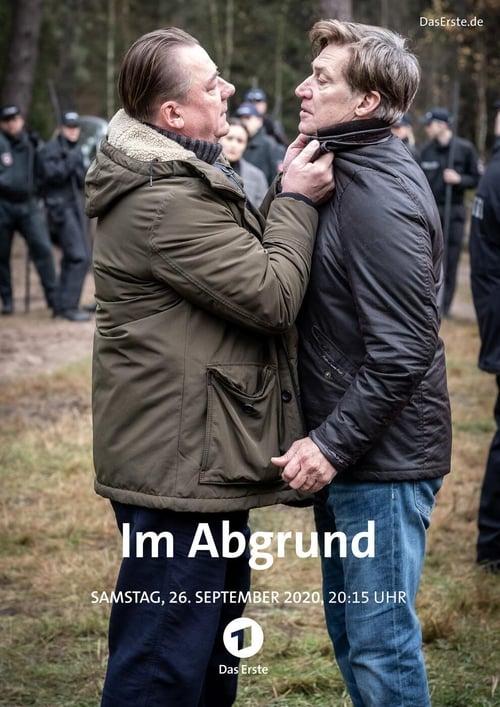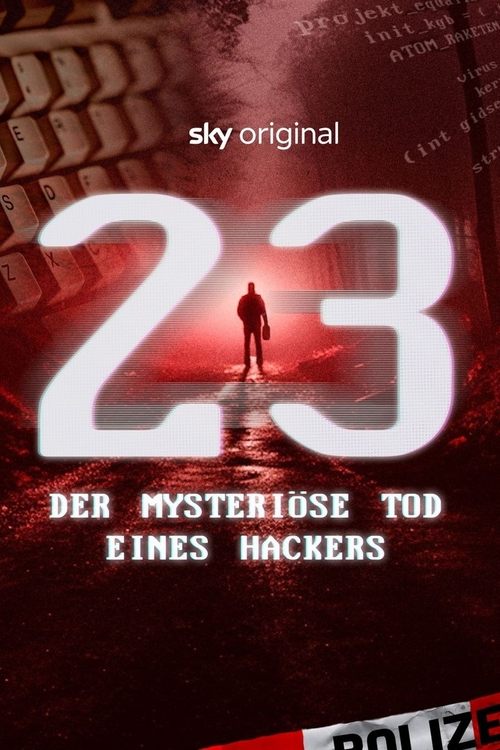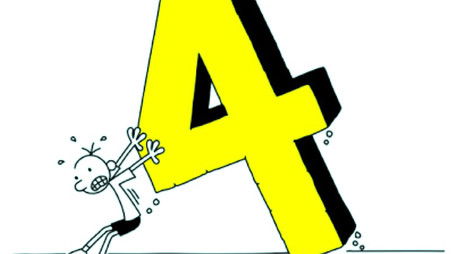
Ask Your Own Question
What is the plot?
More Movies Like This
Browse All Movies →What is the ending?
In the ending of "Im Abgrund," the protagonist, Anna, confronts her inner demons and the reality of her situation. After a series of harrowing events, she makes a pivotal choice that leads to a tragic yet liberating conclusion. The film closes with a haunting image of Anna, symbolizing her struggle and the weight of her decisions.
As the final act unfolds, the tension escalates. Anna, having navigated through a labyrinth of emotional turmoil and external conflict, finds herself at a critical juncture. The scene opens in a dimly lit room, where Anna sits alone, her face illuminated by the flickering light of a nearby candle. Shadows dance across the walls, mirroring the chaos within her mind. She reflects on the choices that have led her to this moment, grappling with guilt and despair.
In the next scene, Anna is confronted by her estranged partner, Mark. Their conversation is fraught with tension, as both characters lay bare their vulnerabilities. Mark's voice trembles with a mix of anger and sorrow, revealing the depth of his feelings for Anna. He implores her to reconsider her path, but Anna, burdened by her past, feels trapped. The emotional weight of their shared history hangs heavily in the air, creating a palpable sense of desperation.
As the dialogue intensifies, Anna's internal struggle becomes evident. She oscillates between hope and hopelessness, her eyes reflecting a storm of emotions. The camera captures close-ups of her face, emphasizing the tears that threaten to spill over. In a moment of clarity, Anna realizes that she must confront the darkness that has consumed her life. This realization propels her into action.
The scene shifts to a desolate landscape, where Anna stands at the edge of a cliff, the wind whipping through her hair. The vastness of the abyss before her symbolizes the choices she must make. In this moment, she is both terrified and exhilarated, embodying the duality of fear and freedom. The cinematography captures the breathtaking beauty of the surroundings, contrasting sharply with Anna's inner turmoil.
As she takes a deep breath, Anna steps closer to the edge, her heart racing. The camera pans to her face, revealing a mixture of determination and resignation. She understands that this moment is not just about her physical existence but also about her emotional liberation. In a poignant moment, she whispers a silent goodbye to her past, acknowledging the pain but also the strength it has given her.
In the final scene, Anna makes her choice. The screen fades to black as the sound of her footsteps echoes in the silence, leaving the audience with a haunting sense of ambiguity. The fate of Mark remains uncertain, as he watches from a distance, his expression a blend of concern and acceptance. The film concludes with a lingering shot of the cliff, a powerful metaphor for the precipice of change and the unknown future that lies ahead.
Through this ending, "Im Abgrund" encapsulates the themes of struggle, redemption, and the complexity of human emotions. Each character's journey culminates in a moment of truth, forcing them to confront their realities and the consequences of their choices. Anna's fate, while tragic, serves as a testament to the resilience of the human spirit in the face of overwhelming darkness.
Is there a post-credit scene?
In the movie "Im Abgrund," there is no post-credit scene. The film concludes with a powerful and emotional climax that leaves the audience reflecting on the characters' journeys and the themes of despair and redemption. The absence of a post-credit scene reinforces the film's somber tone and allows viewers to fully absorb the weight of the narrative without any additional distractions. The final moments linger, emphasizing the characters' struggles and the choices they have made throughout the story.
What motivates the main character to descend into the abyss?
The main character, Anna, is driven by a deep sense of loss and guilt stemming from a tragic event in her past. This emotional turmoil compels her to confront her fears and the darkness within herself, leading her to explore the metaphorical and literal abyss.
How does the relationship between Anna and her estranged father evolve throughout the film?
Initially, Anna's relationship with her father is strained due to unresolved issues and past trauma. As the story progresses, they are forced to confront their shared pain, leading to moments of vulnerability and understanding that ultimately help them reconnect.
What role does the mysterious figure in the abyss play in Anna's journey?
The mysterious figure represents Anna's inner demons and unresolved guilt. As she encounters this figure, it challenges her perceptions of reality and forces her to confront the choices she has made, serving as a catalyst for her transformation.
What are the key events that lead Anna to the brink of despair?
Key events include the death of her close friend, which triggers her guilt, and a series of haunting visions that blur the line between reality and her subconscious fears. These experiences culminate in a pivotal moment where she must choose between succumbing to despair or fighting for her redemption.
How does the setting of the abyss reflect Anna's emotional state?
The abyss is depicted as a dark, claustrophobic space filled with unsettling imagery that mirrors Anna's internal struggle. As she navigates through this environment, the shifting landscapes symbolize her fluctuating emotions, from despair to hope, ultimately reflecting her journey towards self-acceptance.
Is this family friendly?
"Im Abgrund," produced in 2020, is not considered family-friendly due to its intense themes and emotional depth. The film explores dark and complex issues that may be upsetting for children or sensitive viewers.
Potentially objectionable or upsetting aspects include:
-
Intense Emotional Struggles: Characters experience profound grief, despair, and existential crises, which may be difficult for younger audiences to process.
-
Depictions of Violence: There are scenes that involve physical confrontations and emotional violence, which can be distressing.
-
Themes of Isolation and Despair: The film delves into feelings of loneliness and hopelessness, which may resonate negatively with sensitive viewers.
-
Mental Health Issues: Characters grapple with mental health challenges, including depression and anxiety, portrayed in a raw and unfiltered manner.
-
Dark Atmosphere: The overall tone of the film is somber and heavy, which may be unsettling for younger audiences.
These elements contribute to a narrative that is more suitable for mature viewers who can engage with its complex themes.




























